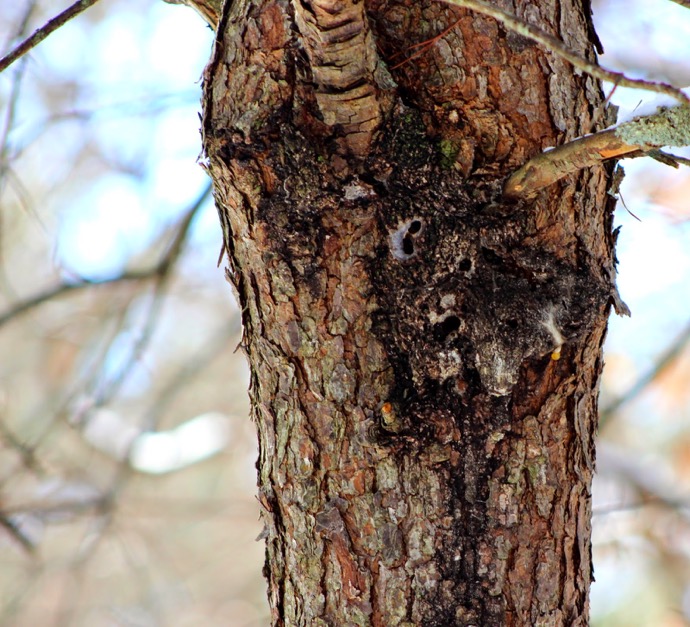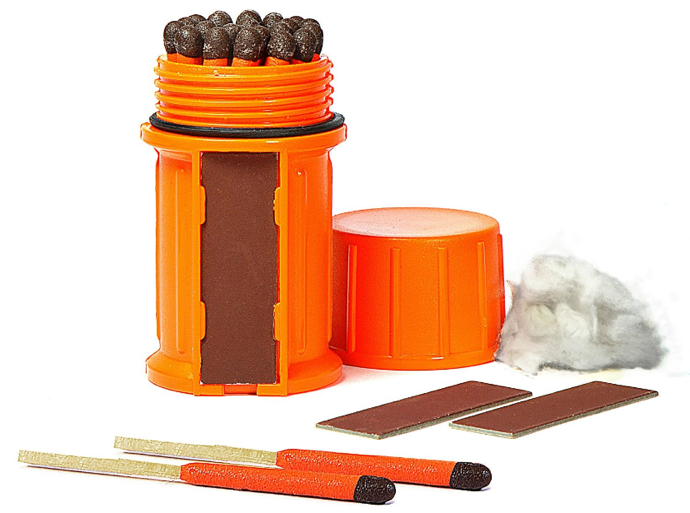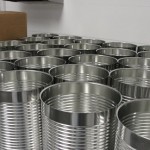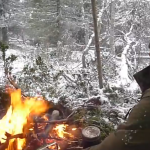Easy Ways to Deal With Wet Tinder in the Field
It can be a big job to get a good fire going under the best of conditions, let alone when you’re dealing with wet tinder or a lack of dry kindling. There are a couple of simple tricks that we’ve probably mentioned before that can help to solve this problem. Let’s take a fresh look at how these can help all of us the next time we’re trying to start a fire in inclement conditions.
Sap
If you’re in a forest, chances are that you’re near some sap from one of the many species of coniferous trees that exist in North America. You can get sap by making a gash that’s a few inches long on a healthy branch or extract it from ones that have fallen on the ground. You can also pick sap nodules from bark as well as getting it from pine cones. No matter where you get sap, it is one of nature’s most abundant and effective fuels that are ideal when working with fires that are difficult to start.
You can either break up the sap into small pieces and scatter it about the tinder, or you can melt it down and use it to coat flammable material. You can also add pine needles, twigs, branches, grasses or pine cones to the melted sap, stir it together and then let it dry until it solidifies. The possibilities are endless, but it’s important to be familiar with where to look for the sap that you need.
Waterproof Matches
You should always have a package of waterproof matches with you in your bug out bag or backpack. You can buy them pre-treated, you can coat them with wax, petroleum jelly, alcohol or even kerosene. The idea is to have matches that will burn longer so you don’t waste so many when trying to light fires that are difficult to start.
Steel Wool

Steel wool is one of the most popular, yet under-utilized fire starting options out there. All you need is a handful of the material in order to create a smoldering fire that can burn long enough to ignite tinder and kindling. Simply spread it out, break up small pieces and poof them up before placing them in and around your tinder.
The nice thing about steel wool is that you can also light it with a battery if you don’t have access to matches or a lighter. A 9 volt battery is the easiest to use. Simply place both terminals flat against the wool and hold it in place. It should start to burn within a few seconds. You can also use cylindrical batteries by connecting wires from each terminal to the steel wool at the same time. You can also get the job done by touching the wool to both sides of the battery simultaneously.
The only drawback to steel wool is that it is difficult to light if it becomes wet. Make sure that you store it in plastic zipper bags until ready to use. The same applies to coated matches, charcloth or any other fire-starting material that you decide to bring along.
While these options can go a long way to help you to start difficult fires, nothing replaces prevention. Try to gather wood, tinder and kindling soon after setting up camp and building a stockpile. Keep them in a dry area that’s protected from rain or moisture. There are also plenty of other options to consider when starting a fire with wet materials, and the secret to being prepared is do diversify and have some redundancy that you can fall back on. Take advantage of these options and incorporate them in your planning, and you’ll never have to worry about starting a fire with wet wood again.
















